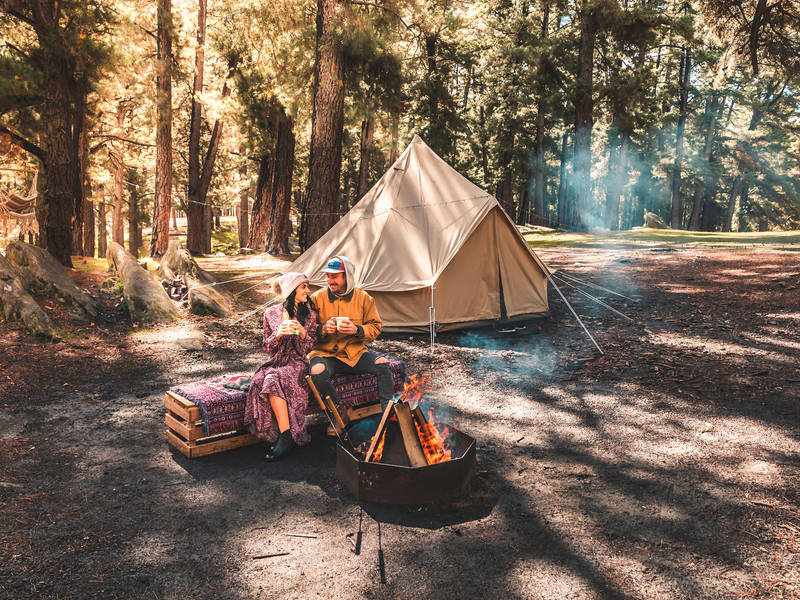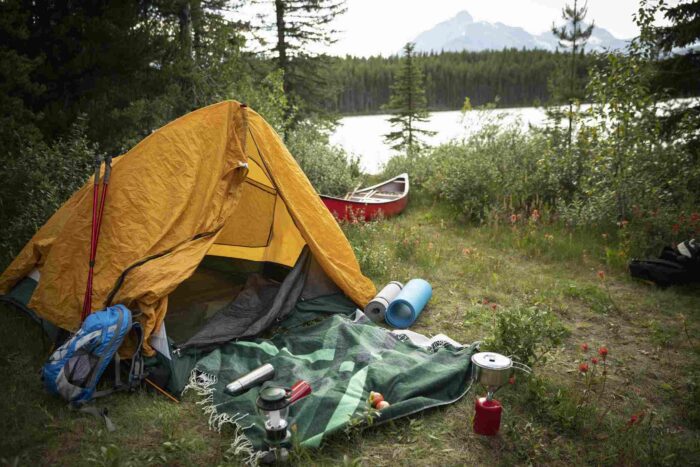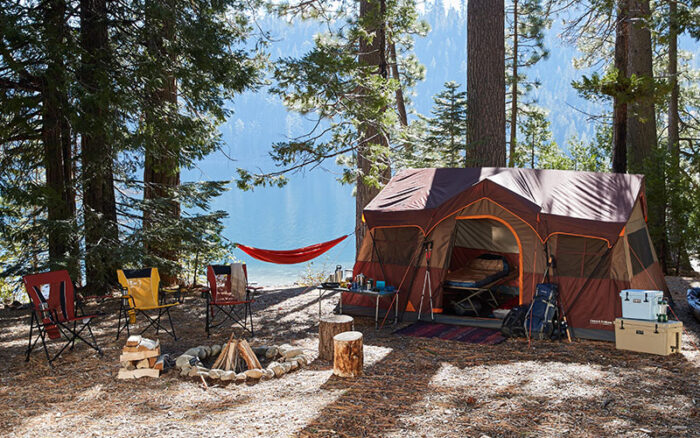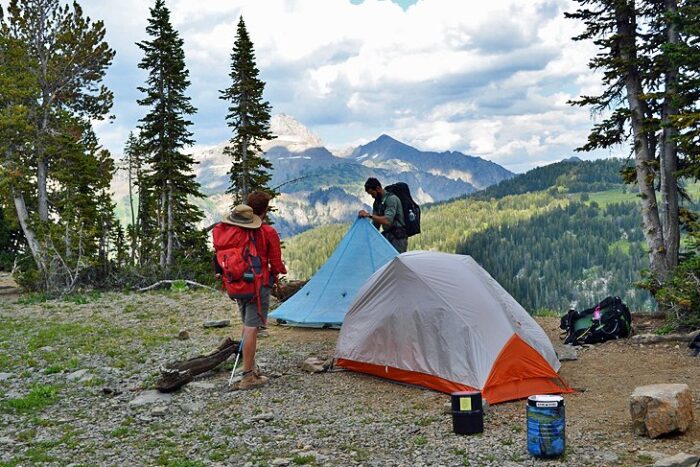
Camping is a great way to get out in nature and experience all that the great outdoors has to offer. But before you can pack your backpack and hit the trail, there are a few things you’ll need to know.
In this article, we’ll discuss some of the most important items to pack for camping in the woods.
What to Bring?

If you’re headed out into the great outdoors for a camping trip, there are a few things you’ll want to pack in order to make your experience as comfortable and enjoyable as possible. Here are some of the essentials:
- A tent: A good tent is essential for any camping trip, and will keep you warm and dry in wet weather or chilly conditions. Make sure to take into account your climate when selecting a tent, as some offer better ventilation than others in hot weather.
- A sleeping bag: A good sleeping bag is also essential for camping. Make sure to get one that is both warm and waterproof, so you can rest easy during those chilly nights on the ground.
- A stove: If you’re planning on cooking food while camping, a stove is a necessity. Be sure to bring along enough fuel and cookware so that you can prepare meals easily and quickly.
- An outdoor map: In case you get lost while out camping, having an outdoor map will help you find your way back home.
- An emergency whistle: If something goes wrong while camping, having an emergency whistle handy will help attract attention from other campers or passersby.
But above all winter socks are a must-have during camping in the woods!
Tips for Finding Good Camping Spots

- Check online for camping permits and maps. State and federal parks generally have specific camping regulations, so it’s important to check in advance.
- Know your forest limits. Camping within 150 feet of a stream, lake, or other water body is prohibited in many states, so be sure to map out your boundaries.
- Scout out potential sites before you go. Familiarize yourself with the area around your campsite—look for nearby streams, ponds, or ridges that could offer great views.
- Bring a tent, stove, and camping gear—just in case. Be prepared for anything, including windy conditions and rainy days. Keep things lightweight by packing less food and clothing than you think you’ll need.
- Make friends with the wildlife. Enjoy fishing in nearby streams or observing the animals at a nearby forest campground—you might even spot a bear or elk!
How to Camp Safely?

When camping in the woods, it is important to be aware of your surroundings and take precautions to prevent accidents. Here are some tips for safe camping in the woods:
- Always use a map and GPS when hiking in unfamiliar territory. Make sure you have a full understanding of your surroundings before setting out.
- Camp at least 100 yards away from water sources and never build a fire near any streams or rivers.
- Be aware of wildlife and avoid making loud noises when camping or hiking in the woods. Bears and other animals may be scared if they are startled, and this could lead to an altercation.
- If you encounter wildlife during your trip, try to appear as non-threatening as possible. Make yourself as big as possible by keeping your hands visible, speaking firmly but calmly, and avoiding eye contact. If you must defend yourself, use a noise maker such as a whistle or clap your hands until the animal leaves or retreats into its den.








